Silky Afgekia Facts
- The highly descriptive term of Silky Afgekia serves as the most frequently employed common name for this stunning floral marvel. It does have at least one other general title that it’s known by, though. That’s the equally fitting, if somewhat simple, moniker of Silky Flower.
- Within the scientific community, however, it’s perhaps much better known by its solely technical designation. Fortunately, that appellation’s much easier for the layperson to pronounce than most such tags. That’s because it holds the formal epithet of Afgekia sericea.
- The wonder of the botanical world received that name due to the efforts of William Grant Craib. The highly respected British botanist recorded the first recognition of it as a separate and distinct species. He achieved this scientifically noteworthy deed in the year 1927.
- Not being very widely known outside its native range, the nature of this amazing plant often surprises many individuals when they learn of it. That’s due to the fact that this amazing flora, a long-stemmed woody vine, actually qualifies as a member of the legume Family!
- Thankfully, though, the gorgeous Silky Afgekia seems to be maintaining a population base that’s both stable and sufficient. That pleasant state also appears to hold true throughout its range. The IUCN thus currently does not show it on its Red List of Threatened Species.
- The Angiosperm nevertheless still faces the same potential threats to its continued existence as all other forms of life on earth today, at least. Like the rest of us, most of those stem from the actions of man. They principally include habitat loss and climate change, among others.
Related Articles
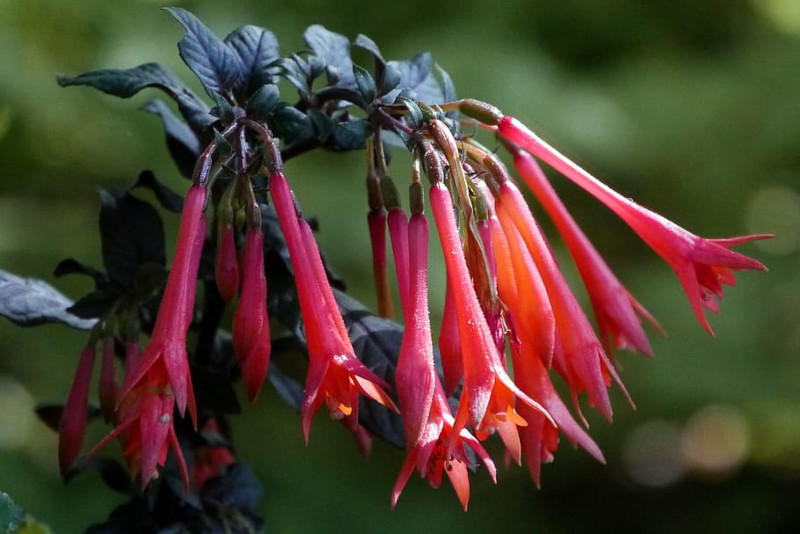
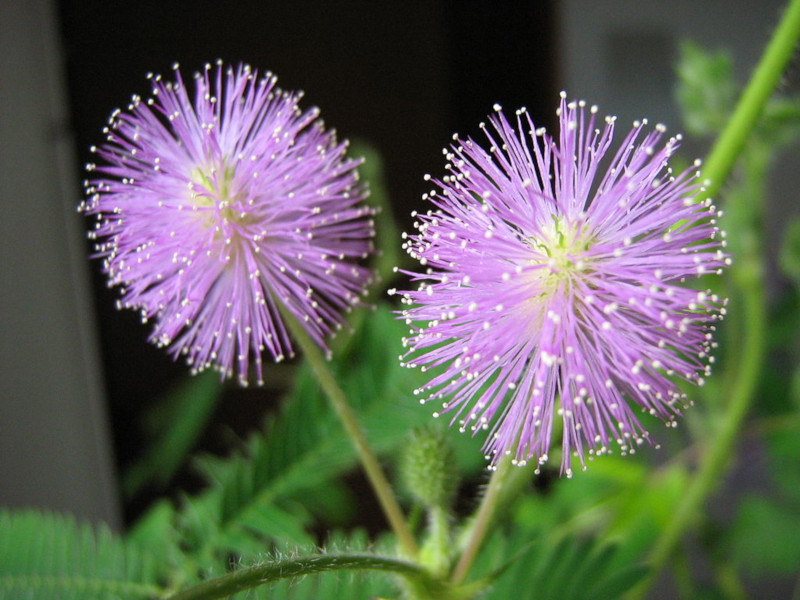
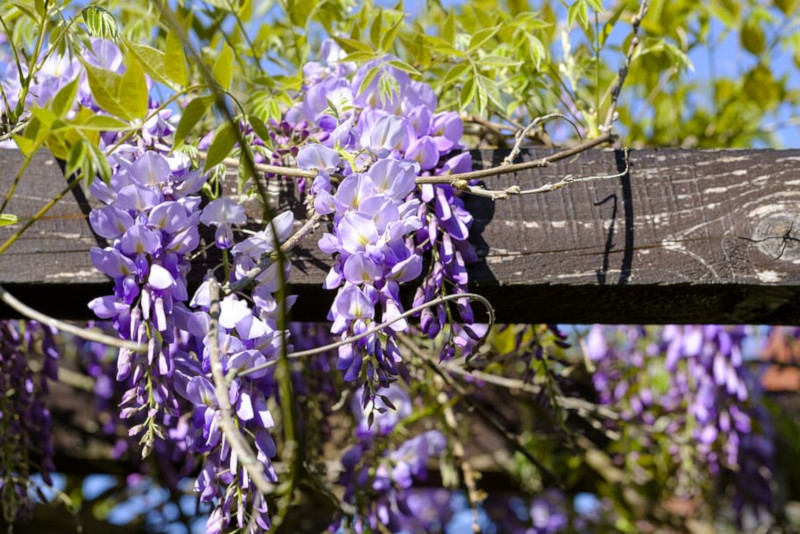
American Wisteria
Silky Afgekia Physical Description
The gorgeous Silky Afgekia draws a great deal of attention from those lucky enough to encounter the amazing product of evolution. Like many other members of its Family, though, it does so for several reasons. That’s because the natural wonder boasts both great visual appeal and physical size.
This wonder of Nature and evolution developed as a large climbing shrub or liana. It’s also a perennial species, as well. Its vines and branches often extend great distances in multiple directions, using surrounding vegetation for support. These sometimes reach 33 ft (10 m) in length!
Along the multiple vines that the amazing plant produces, numerous leaves also appear. This foliage itself develops on a relatively thin, central stalk, with leaves appearing opposite each other on both sides. Each small leaf further consists of several pairs of leaflets, typically numbering 5-7 pairs.
In shape, these vary from ovate to elliptic in nature. The surface of the numerous leaflets displays a silky nature, and a covering of fine, silvery hairs. This gives them a characteristic soft texture and appearance. These generally show dark green on the upper surface and lighter beneath.
The fruit of the stunning Angiosperm manifests as a small pod. This develops as elongated, somewhat flattened, and also covered with fine, silky hairs. Inside, these contain several seeds which become dispersed when the pods split open upon completion of the maturation process.
Yet, it’s undoubtedly the flowers of the beautiful Silky Afgekia that most often receive the greatest amount of admiration from the viewer. These aspects of the lovely flowering plant present themselves in relatively dense, erect features called racemes or clusters that tend to be striking.
Each captivating flower contains a structure roughly resembling a butterfly in form! This unique shape consists of a large banner petal, two lateral wing petals, and two lower petals fused into a keel. These typically show pink, purple, or lavender shades with a contrasting yellow or white base.
- Kingdom: Plantae
- Phylum: Angiosperms
- Class: Magnoliopsida
- Order: Fabales
- Family: Fabaceae
- Genus: Afgekia
- Species: A. sericea
Silky Afgekia Distribution, Habitat, and Ecology
Captivating in its beauty, the Silky Afgekia unfortunately evolved as native to a relatively limited portion of the surface of the earth. The exact location of that zone of habitation might not surprise many of you, however. That’s due to the fact that the plant’s native to a certain portion of Asia.
Within the greater confines of the continent, though, it’s only known to appear within the national borders of a single country. That’s the gorgeous nation of Thailand. But even there the mesmerizing marvel of the botanical world inhabits only certain small, selected sections of the landscape.
This tantalizing beauty also displays decidedly clear preferences regarding its choice of habitat. Given its specific habitat range, however, the nature of these doesn’t surprise anyone. The liana thrives in areas with tropical and subtropical climates, often growing in mixed deciduous forests.
This flora also understandably prefers regions with both ample amounts of sunlight and well-drained soil. Altitude further plays a role in its choice of location. The stunning plant typically makes its home at elevations ranging from lowland areas to higher altitudes in mountainous regions.
The magnificent SIlky Afgekia achieves its pollination in a manner highly consistent with that of other members of its Family. That’s true since the plant manages this process via the actions of various local insect species. These principally include bees, butterflies, and related invertebrates.
Like many legumes, it also frequently forms symbiotic relationships with nitrogen-fixing bacteria situated in root nodules. This symbiosis serves to enhance soil fertility by converting atmospheric nitrogen into a form usable by plants, thus enriching the nutrient content of the surrounding soil.
Species Sharing Its Region
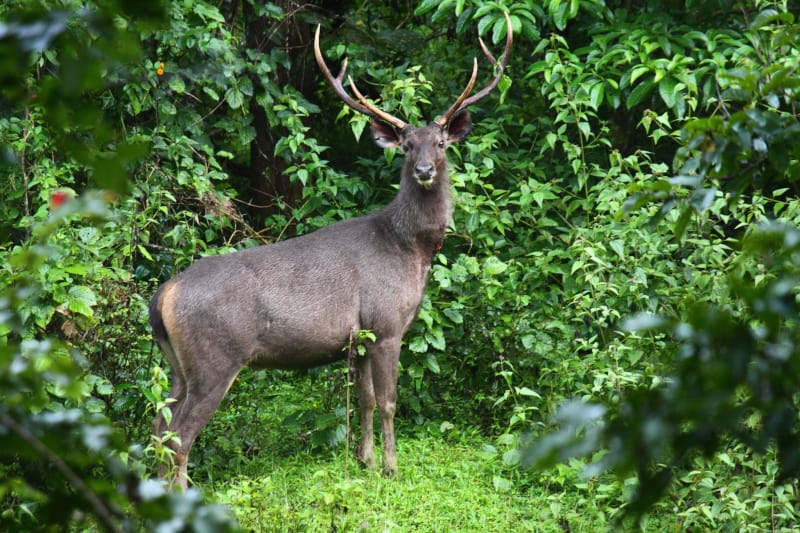
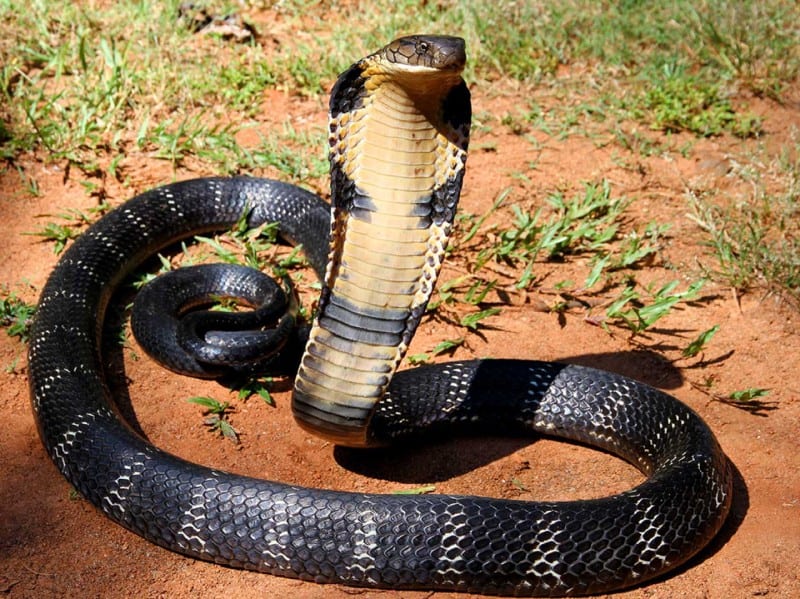

Check out our other articles on 5 Vibrant Invertebrates of Vermont, Wisent, Millaa Millaa Falls, Weedy Seadragon, Indian Vulture, Giant Swallowtail, Fire Salamander, Black Mamba
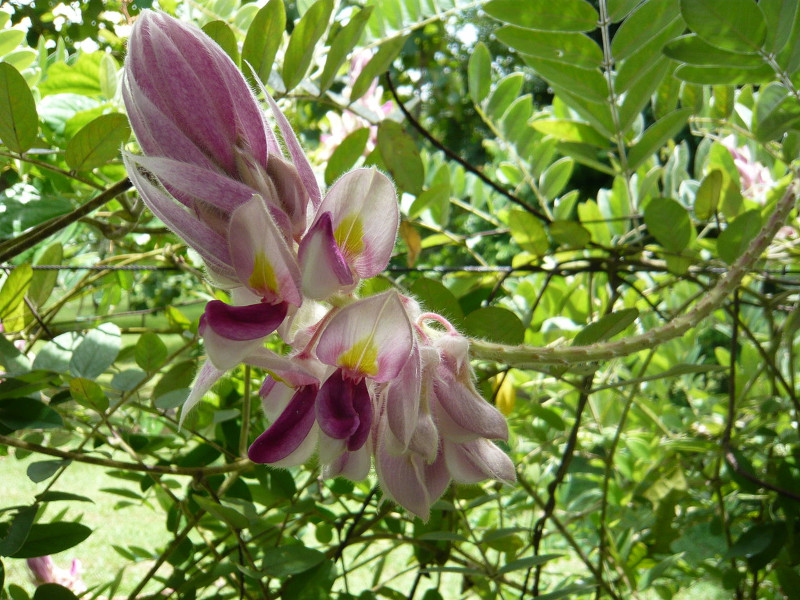










Leave a Reply